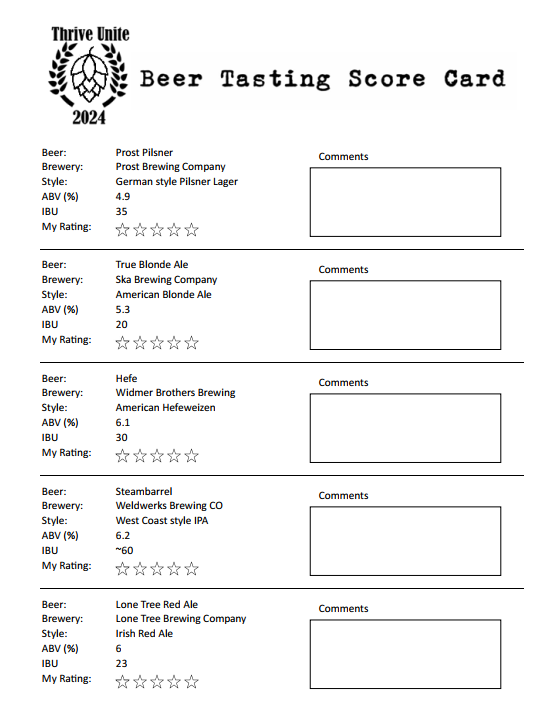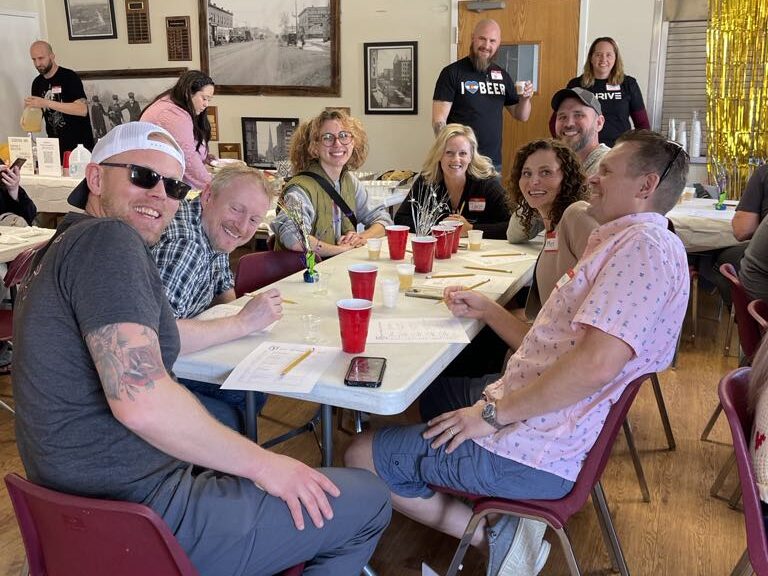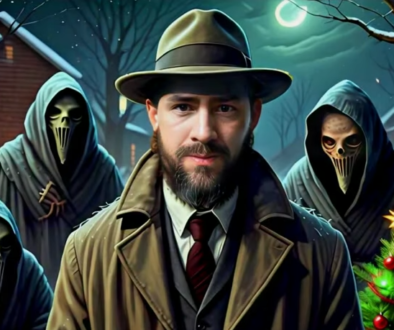Running a beer tasting
I do some occasional volunteer work for non-profits and other organizations, but the label “volunteer work” tends to convey some sense of selflessness, sacrifice, or perhaps altruism related to the “work” at hand. Cleaning litter from the city streets; building homes for the needy; canned food drives; soup kitchens, for instance. With all the label implies, It is difficult to justify using it in this case, when the bulk of the volunteer work involved drinking beer, and educating others on beer styles, beer history, and brewing. In spirit however, that is what this post is about.
Last weekend, I conducted a beer tasting for a group called Thrive . They focus on assisting people transitioning away from growing up in various insular and isolated religious systems, who upon leaving, find themselves without a social or familial network. Some of the religions in question have prohibitions on alcohol, so adults curious about these things for the first time feel lost at all of the options, traditions, styles, and flavors. Moreover, many can lack the social network to even ask questions, or still feel the topic to be taboo. That’s where I came in.
As a homebrewer with over 16 years in studying brewing science, history, and styles, they asked me to come in and educate. My goal was to showcase the wide range of styles, and find at least one beer style each participant liked, while at the same time emphasizing the importance of responsible consumption.
The world of beer can be staggering to a beginner- Lagers, Ales, Stouts and Pales, Bocks and Lambics one can go frantic! So I created a scorecard for each participant:

The goal here was so each participant could figure out what they liked, what they didn’t like, why, and to have enough information to explore their tastes in the future.
My lovely wife then poured out 3 oz. of each style in succession, while I explained the history of the style, what makes it unique, what flavors to look for, and who brewed it. In between, I threw in tidbits about the science and process of brewing. And you know what? They loved it! I can’t say for sure that they had more fun than I did though.

I could totally get into doing this regularly.

